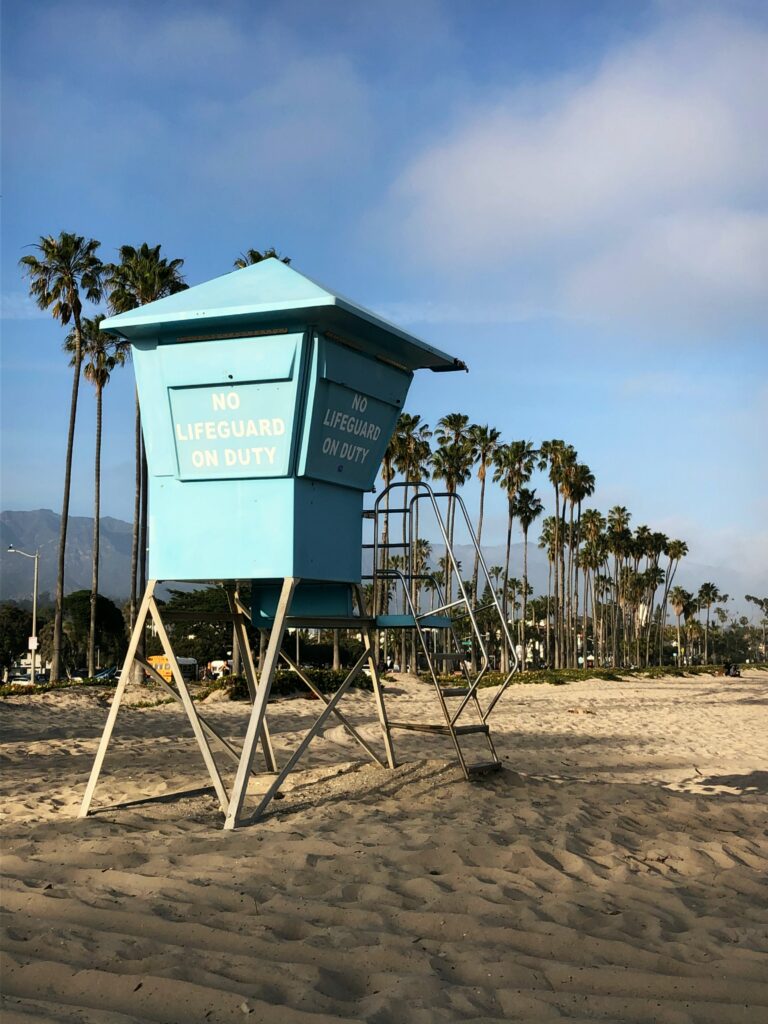
Get CPR training for your team!
If you have any questions feel free to email us at info@emccprtraining.com
CONTACT ONE OF OUR EXPERTS HERE

Last Updated on April 30, 2023 by CPR Training
Often, people assume that laypeople aren’t allowed to perform tasks for which a certification exists. In a way, it makes sense: After all, you don’t want just anybody flying planes around or lawyers engaging in surgery. But in some matters, doing something beats doing nothing.
CPR is one of those.
Of course. Quality CPR improves survival more than TV imitation CPR every time. Knowing what to do and why to do it makes a serious difference.
If policy is any indication of importance (in this case, we believe it is), then it’s easy to see that it matters:
Yes, if it’s between you and nobody. You don’t have to be certified to administer CPR, and if nobody on-premises is certified, someone should definitely still perform CPR.
The chances of a person surviving a cardiac event increase enormously when someone performs CPR in the first minutes after a cardiac event. Compressions need to start as soon as possible and they need to continue for as long as is possible or until the victim has revived. You don’t have to be certified to do that, and if nobody certified is around, it’s literally do-or-die.
Every state in the US has some kind of law designed to protect bystanders who attempt to help victims of cardiac arrest. The goal is to remove barriers to people taking potentially life-saving action.
First, dial 911. Better still: Have someone else call.
If there’s an AED on-site, prep it and use it. All AEDs have verbal guidance on how to use the AED with step-by-step instructions.
Then, do CPR to the best of your ability ASAP. The 911 operator will coach you.
Not sure how the mouth-to-mouth part of CPR works? Skip it if you have to and resort to hands-only CPR. Just press hard and fast in the middle of the chest.
How fast? For adults, you want to get 100 to 120 chest compressions per minute at a depth of at least two inches (A popular benchmark song is “Staying Alive” by the Bee Gees (Alexa says it bops at 103 beats per minute).
If you can help it, trade the compressions work with somebody else on site. 100-120 beats per minute is real exercise, and you’ll get tired.
It’s about making the elements that contribute to survival available.
Staff CPR Certification is a good start. The more people know what they’re doing, the more likely survival becomes.
AED placement can also dramatically improve survival chances. According to the American Heart Association, survival chances more than double when an AED is used correctly prior to the arrival of emergency personnel.
Along with AED placement, staff AED training and well-developed AED programs contribute to higher survival chances if someone experiences a cardiac event on-site.
How many seconds does it take to get that person the right help?
Disclaimer
All the information on this website – www.emccprtraining.com – is published in good faith and for general information purposes only. EMC CPR & Safety Training, LLC does not make any warranties about the completeness, reliability, and accuracy of this information. Any action you take upon the information you find on this website (EMC CPR & Safety Training, LLC), is strictly at your own risk. EMC CPR & Safety Training, LLC will not be liable for any losses and/or damages in connection with the use of our website.
From our website, you can visit other websites by following hyperlinks to such external sites. While we strive to provide only quality links to useful and ethical websites, we have no control over the content and nature of these sites. These links to other websites do not imply a recommendation for all the content found on these sites. Site owners and content may change without notice and may occur before we have the opportunity to remove a link which may have gone ‘bad’.
Please be also aware that when you leave our website, other sites may have different privacy policies and terms which are beyond our control. Please be sure to check the Privacy Policies of these sites as well as their “Terms of Service” before engaging in any business or uploading any information
By using our website, you hereby consent to our disclaimer and agree to its terms.
Get CPR training for your team!
If you have any questions feel free to email us at info@emccprtraining.com
CONTACT ONE OF OUR EXPERTS HERE